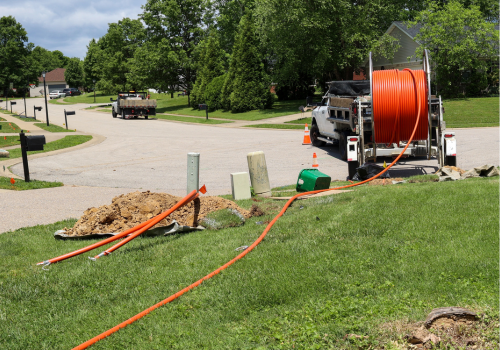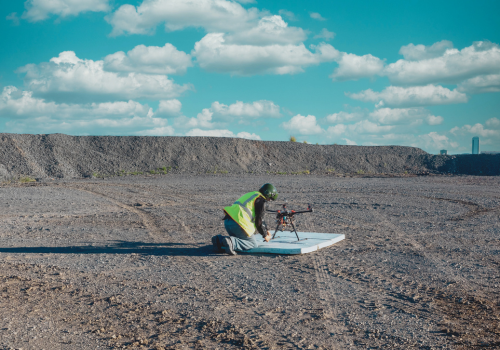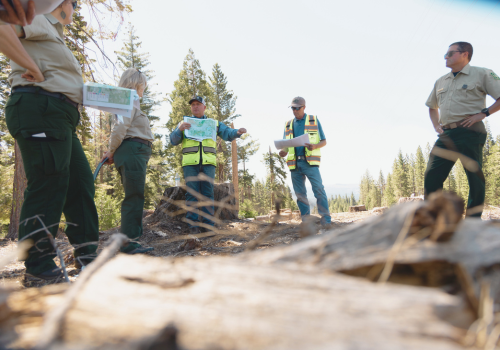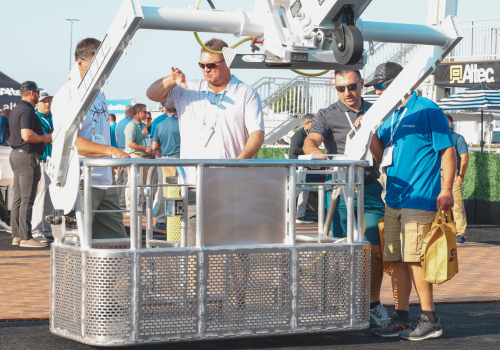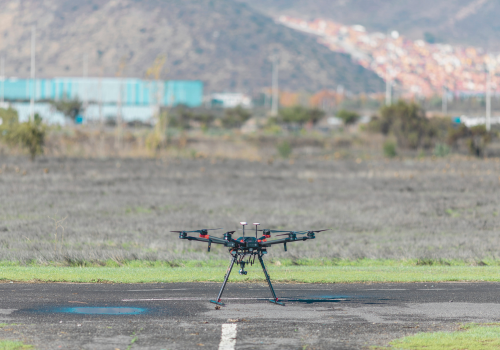Maximizing productivity on a jobsite is a multi-industry dream all companies strive to achieve. It takes an effort to improve efficiency and to understand utilization of resources.
A key area to concentrate on when aiming to maximize jobsite efficiency is ensuring that there is the right equipment for the specific project. The reason being: each job is unique and requires different types and quantities of equipment.
To ensure that there is the appropriate equipment, consider project duration, project location(s), crew size, project type and project budget, advises Adriene Horn, President and Co-owner of Premier Truck Rental (PTR). “Having assistance with identifying the right equipment is incredibly beneficial. Working closely with a knowledgeable fleet rental team helps identify the best equipment for upcoming jobs.
“Incorporating upfits on standard equipment – such as pickup trucks, flatbeds and service bodies – helps ensure that the equipment is built as optimally as possible for your project, being custom selected based on your industry.”
A wide variety of diverse types of upfit accessories – such as transfer tanks and pumps, lube skids, welders and generators – can be installed on vehicles, she adds. This helps ensure that the correct resources are available.
Headquartered in Fort Wayne, IN, with a location in Fort Worth, TX, PTR is a family-owned and operated fleet truck and utility trailer rental business that provides customized units to its nationwide customer base.
Horn notes that PTR is different than other fleet rental providers, installing upfits and servicing units prior to units heading to the company’s go-line and being transported by its team of drivers to the project location. Having the units serviced and customized beforehand helps minimize unexpected expenses, saves time and ensures that a project starts on time.
Horn conducted the sold-out Jobsite Efficiencies education session at the The Utility Expo 2023.
Key questions to tackle
Horn says there are three main questions to ask to assure that the right equipment is selected.
1. What is the timeline for completion and overall goal for the project?
“The project timeline will dictate how much equipment is needed for the project,” she explains. “More equipment will be needed for projects with a tighter deadline to prevent any maintenance issues, idling, etc., but you do not want too much equipment where you have unused assets.”
Project goals provide insights on the type of truck or trailer needed to get the job done and whether adding specific upfits to equipment is required, she adds.
2. How many crew members are assisting with the project?
Horn says this will dictate what type of upfits to add to the projects. “If there are fewer team members, you will need to strategize with the number of vehicles in your fleet, what is on them to get the job done and what types of trailers will be needed to pull equipment.”
3. What areas are you able to invest more in?
For example, labor, upfits for equipment and new equipment, says Horn. Adding additional upfits on units – whether they are large scale additions like a 3-in-1 welder, generator or compressors – or smaller add-ons such as Powerwind and Powerpacks on single reel trailers, each directly relate to time savings.
“Incorporating custom upfits, based on project details, optimizes workload and boosts productivity by ensuring crews have at their fingertips all they need for an upcoming project,” she points. “It is important to understand the type of work that will be completed throughout the duration of a project because different accessories are applicable for various cases.”
Specialty accessories installed and serviced before hitting a jobsite provide fewer upfront expenses and help optimize project productivity, she adds.
Leverage technology
Horn recommends leveraging technology to improve fleet efficiency, performance and cost-effectiveness.
Telematics saves both time and money by allowing you to track your fleet and have increased fleet safety and security, she says. By adding telematic technology to your fleet units you will have real-time vehicle location alerts, mileage, speed, theft, fuel consumption, maintenance due, idling alerts, driver performance and more.
Furthermore, she notes that fleet technology gives real-time insights into vehicle operation to ensure that each unit is being utilized to the highest level, helping to keep fleet performance at its peak. “As a fleet manager, telematics is a crucial piece of technology to incorporate to help manage assets, keep a fleet in optimal working condition and keep crews progressing on their project.
“As you continue to incorporate technology in your fleet management practices and collect more and more data, you will be able to use your findings to make more educated decisions for the future of your fleet.”
About Adriene Horn
Adriene Horn was raised in the rental equipment world and learned a lot about equipment from her father, Rob Troxel, who has spent his entire career in equipment rentals.
Upon graduating from college, Horn joined her father at NESCO working in sales and marketing. In 2014, the two exited the company and started PTR (Premier Truck Rental) with the vision of providing custom equipment to nationwide utility contractors.
PTR has had three headquarter expansions, grown its team to 180-plus employees, and undergone three expansions in the last nine years. The company, which has multiple locations across the United States, has recently opened a state-of-the-art facility in Fort Worth, TX.


